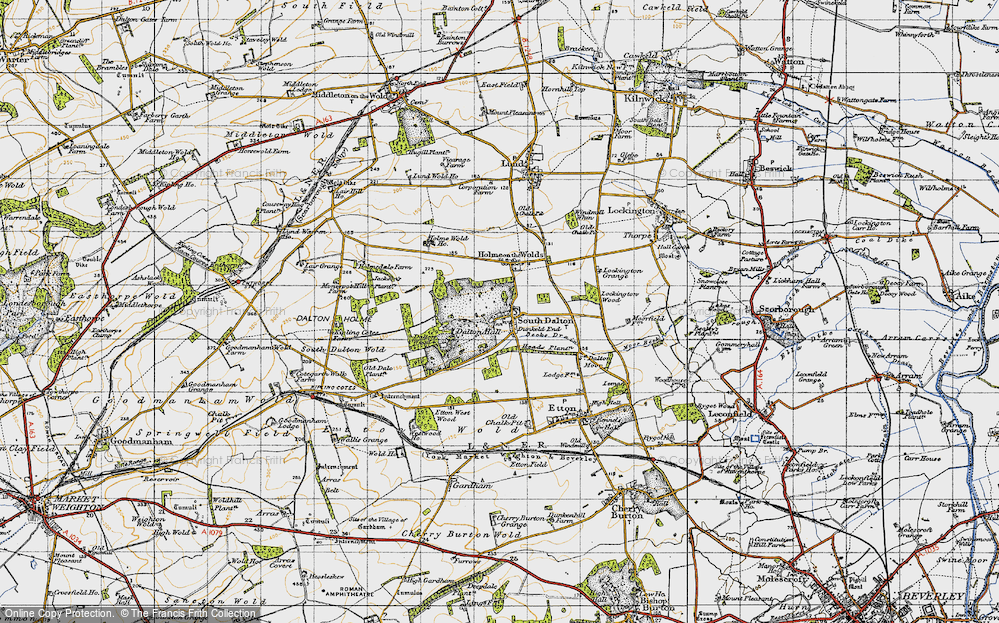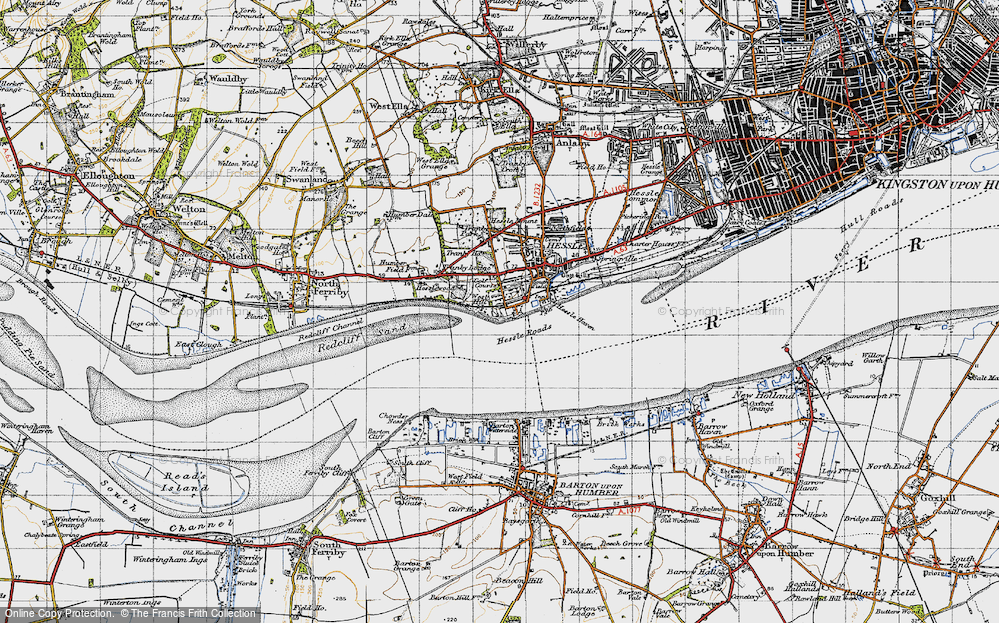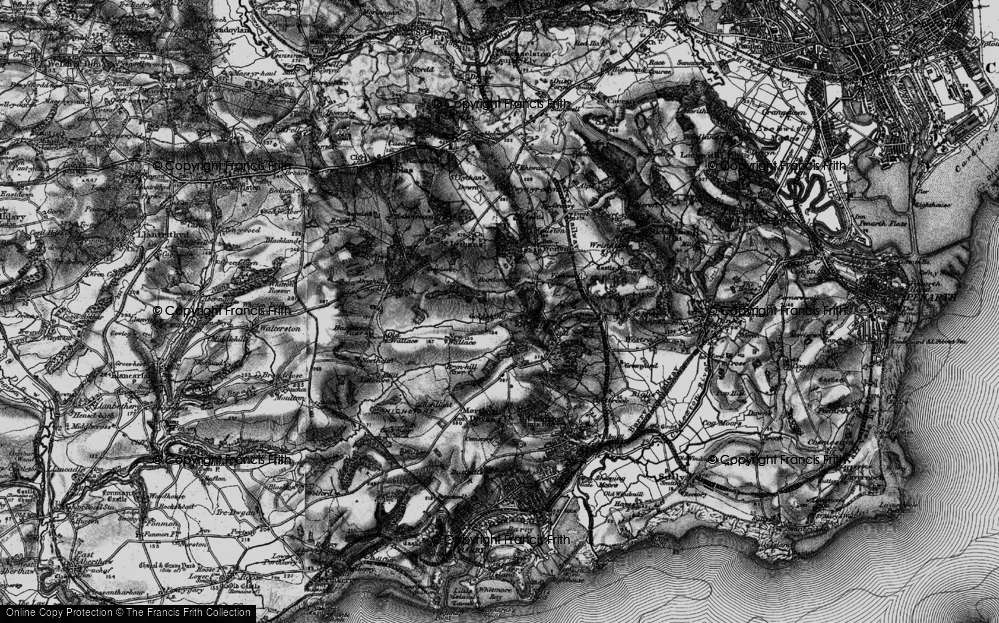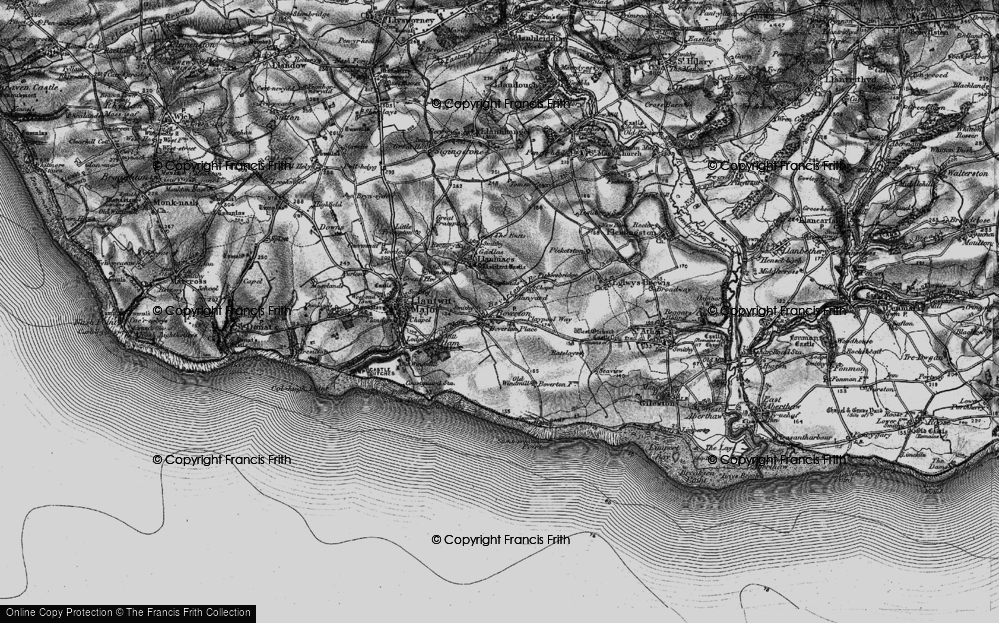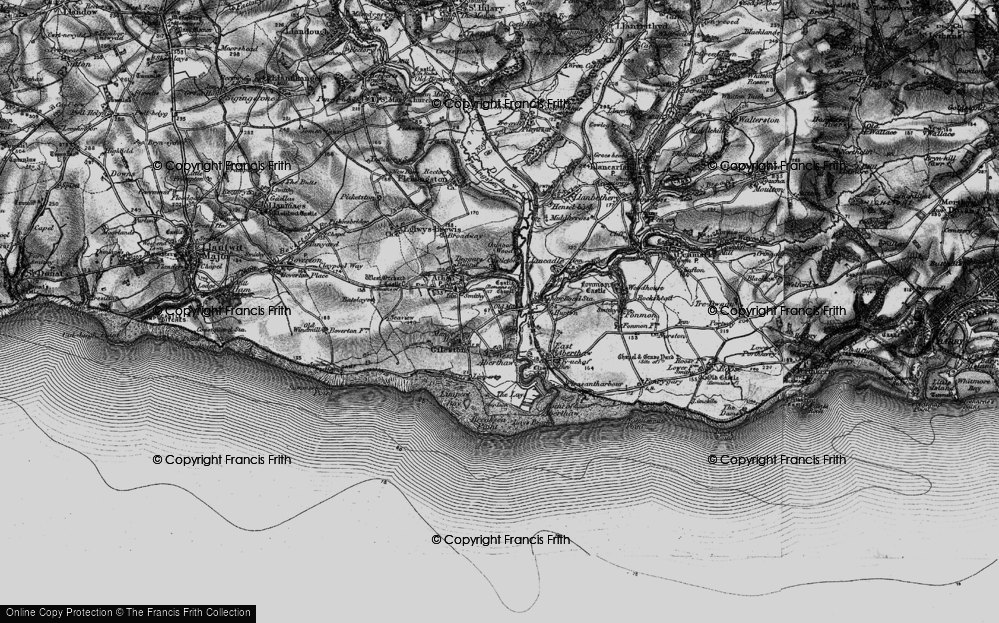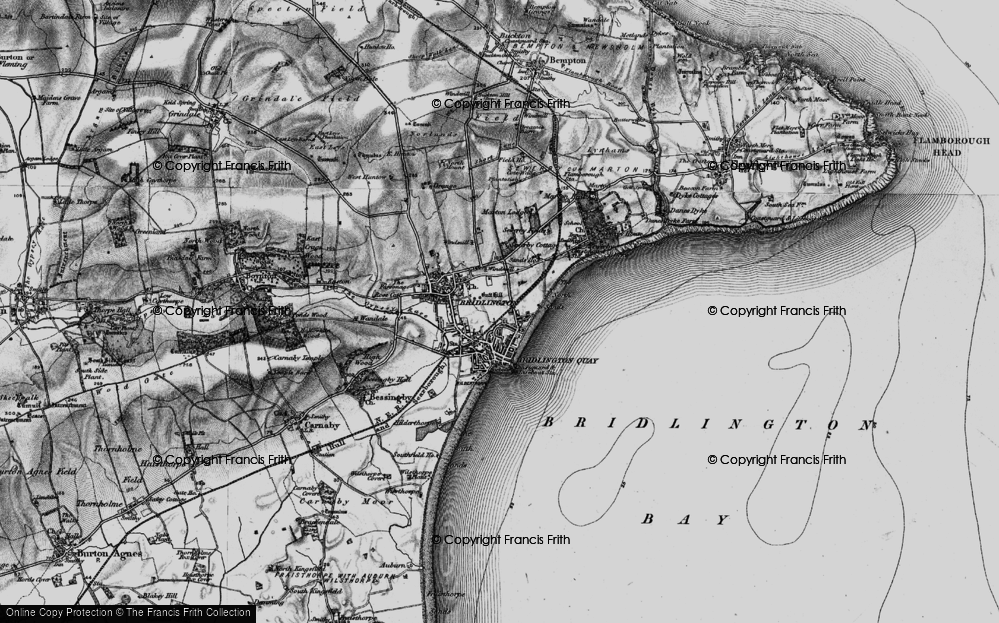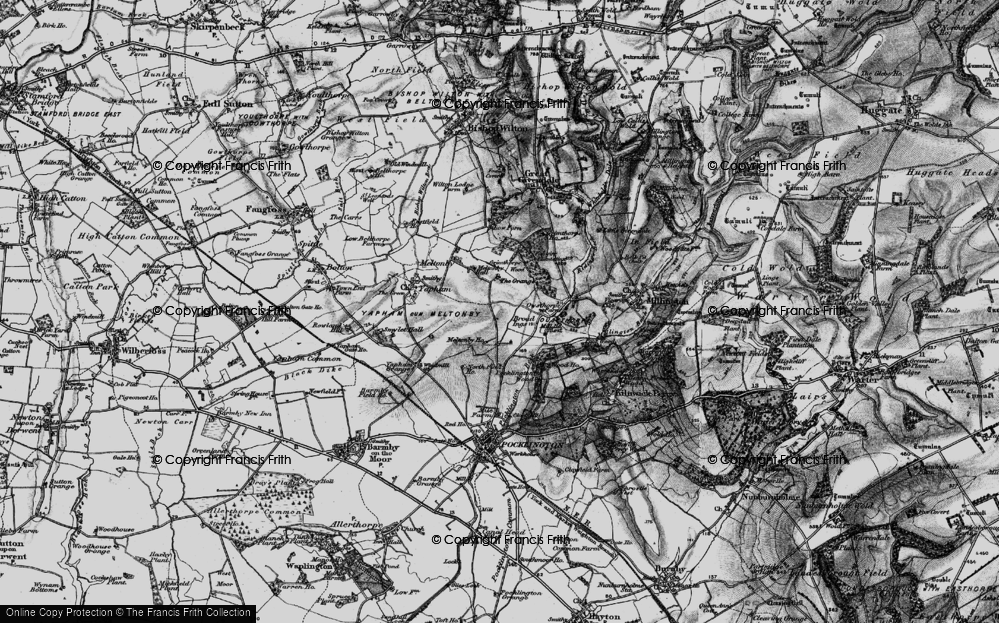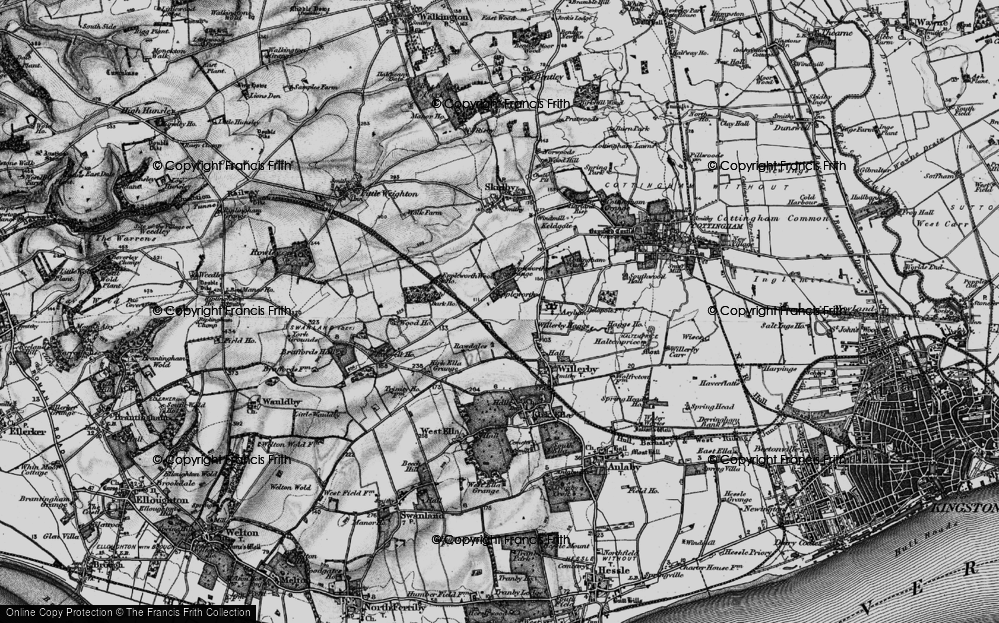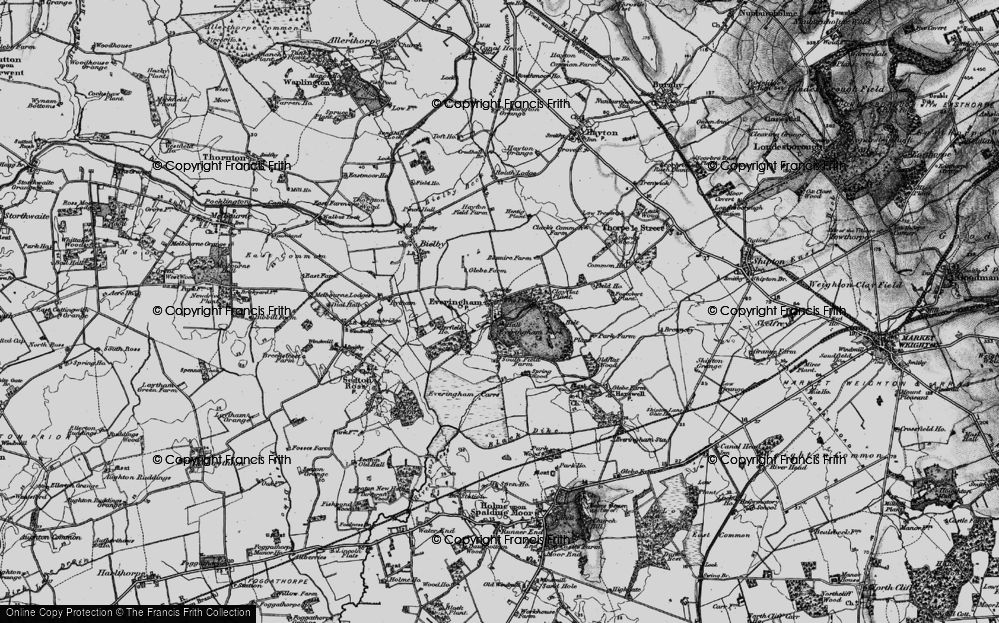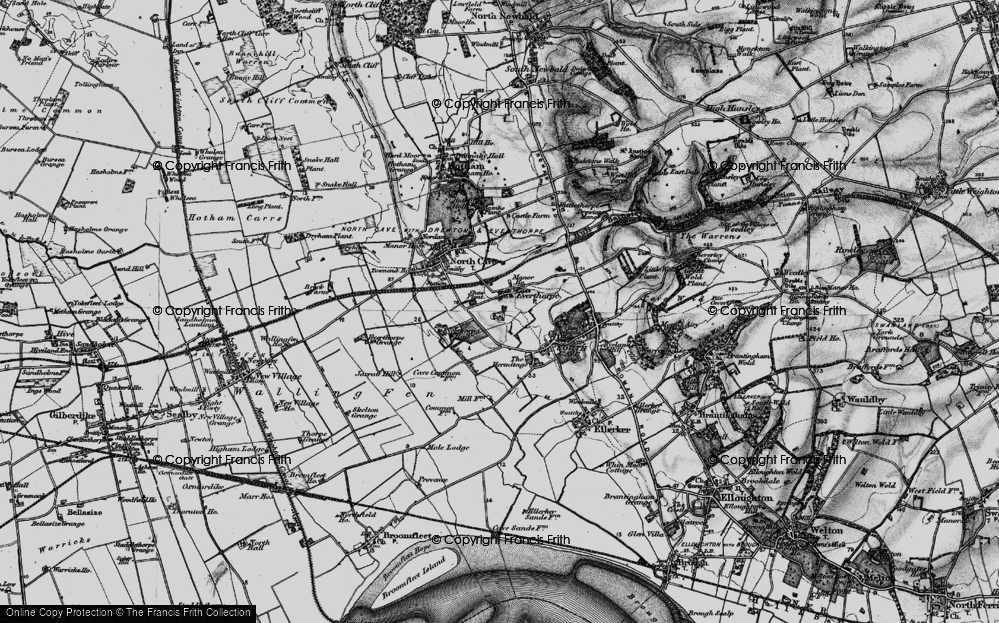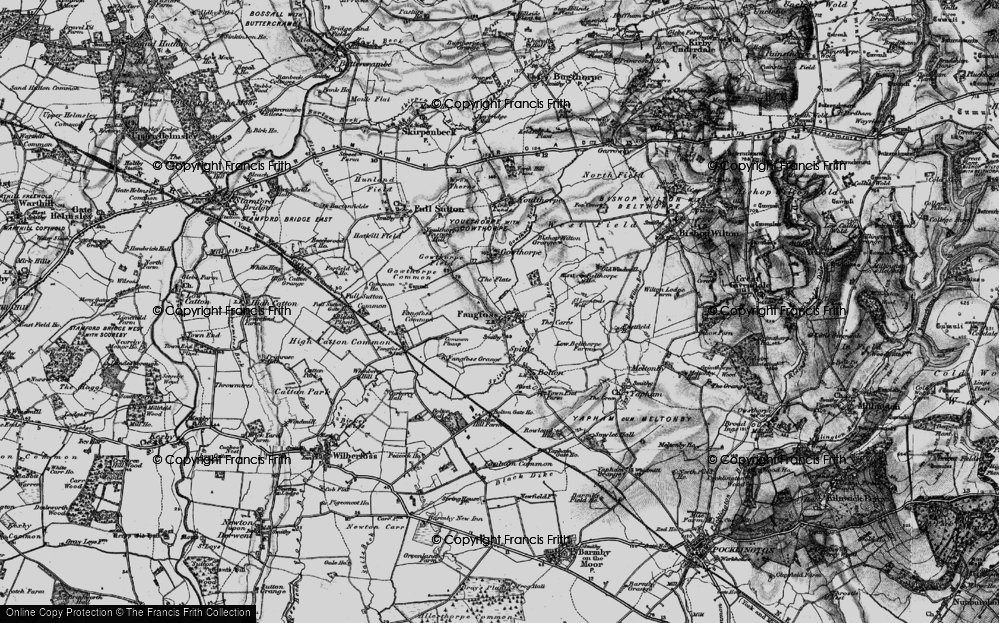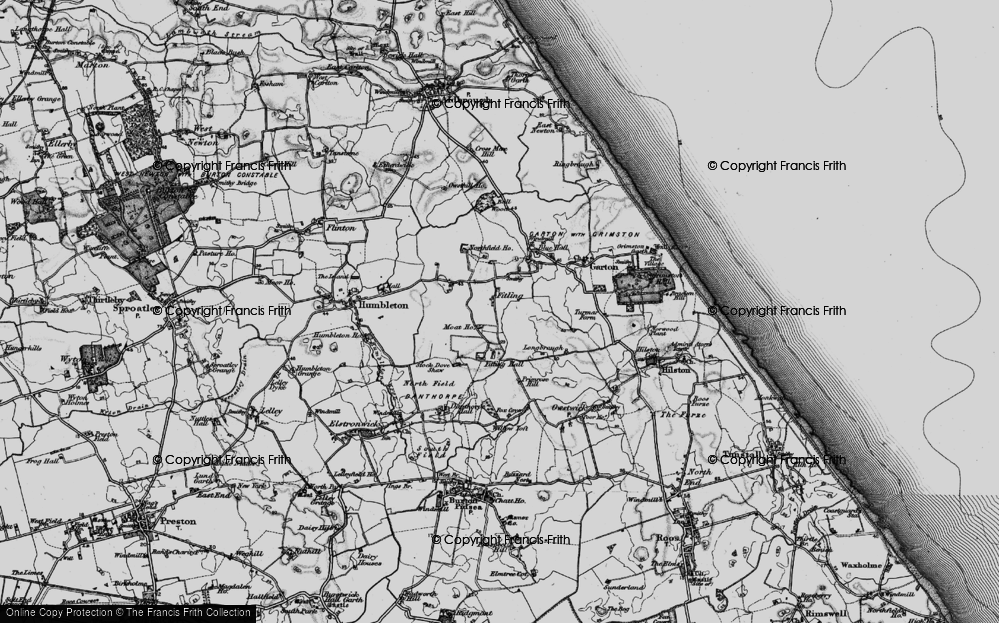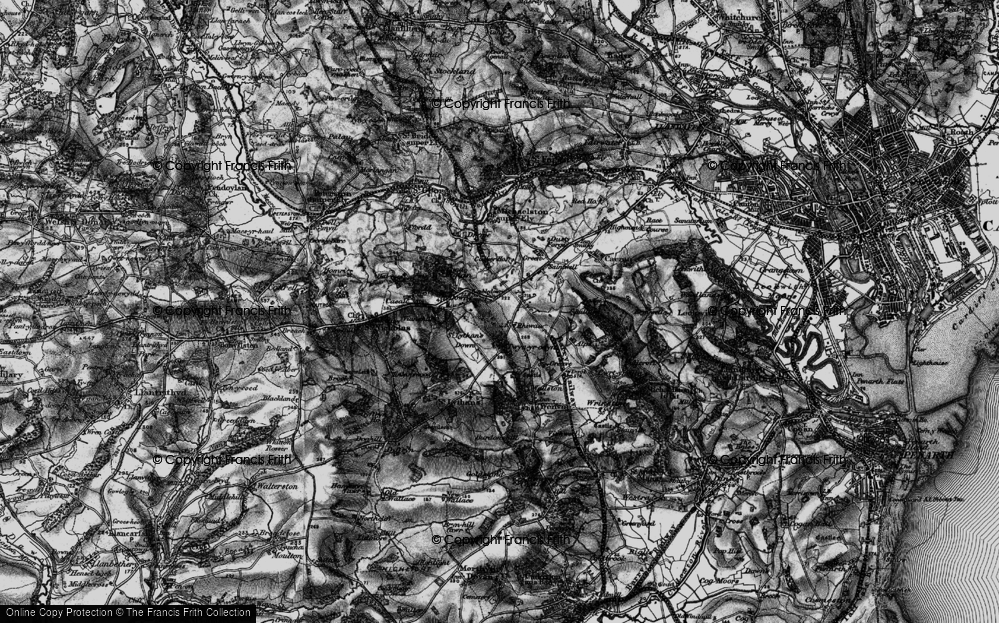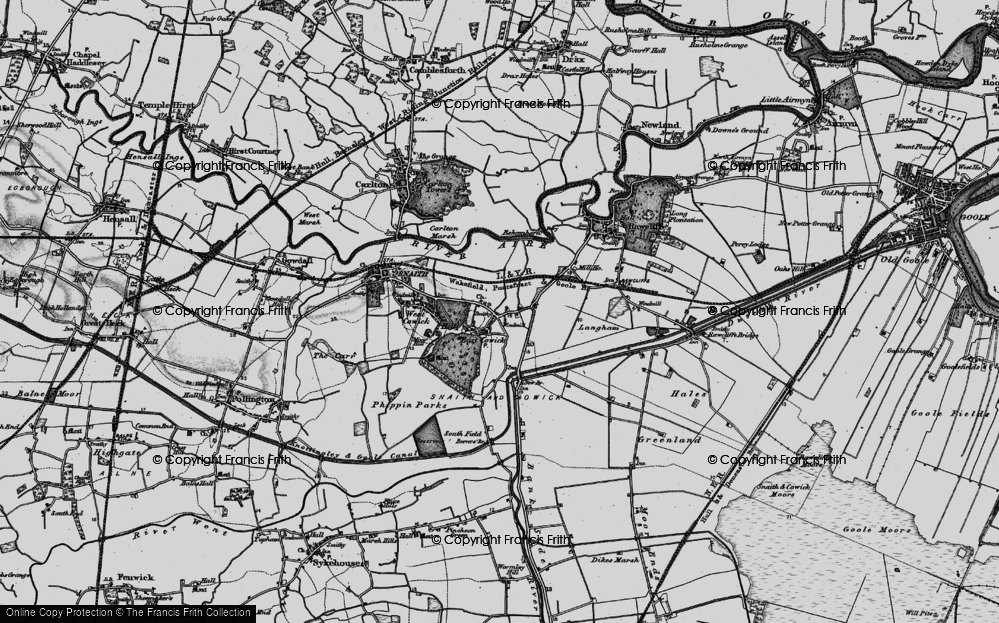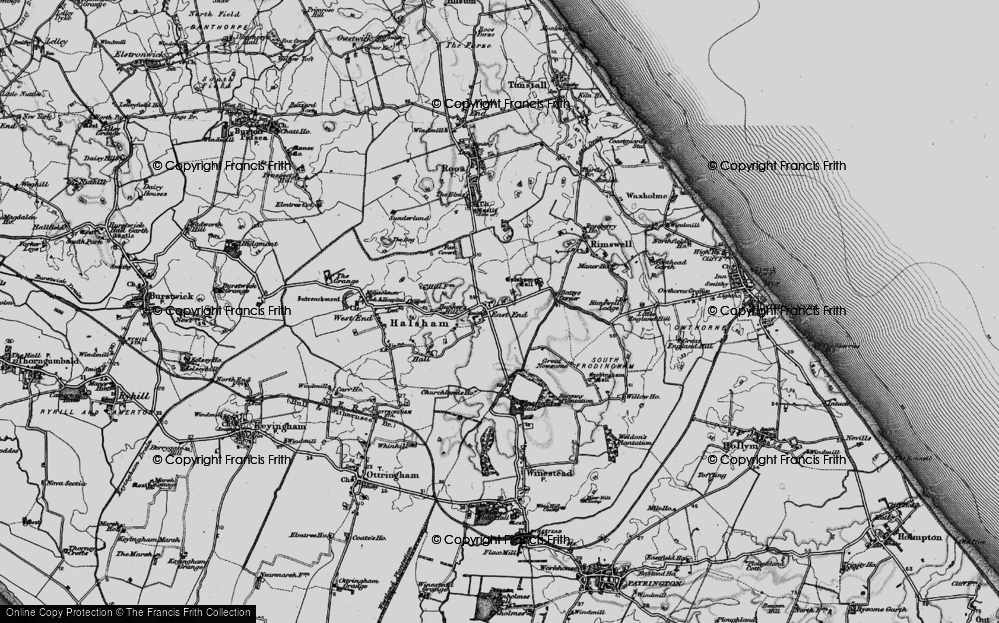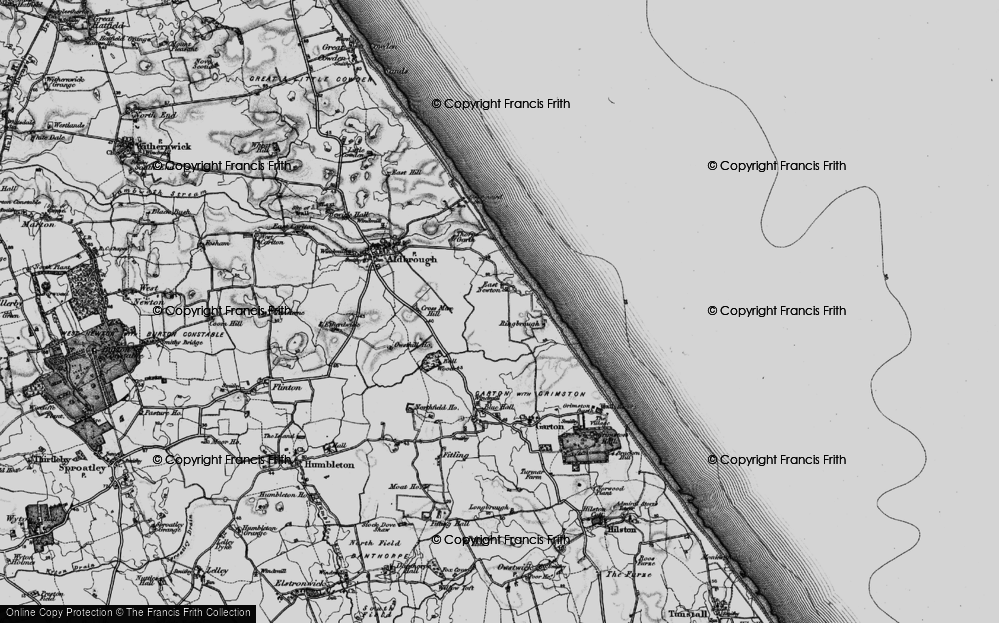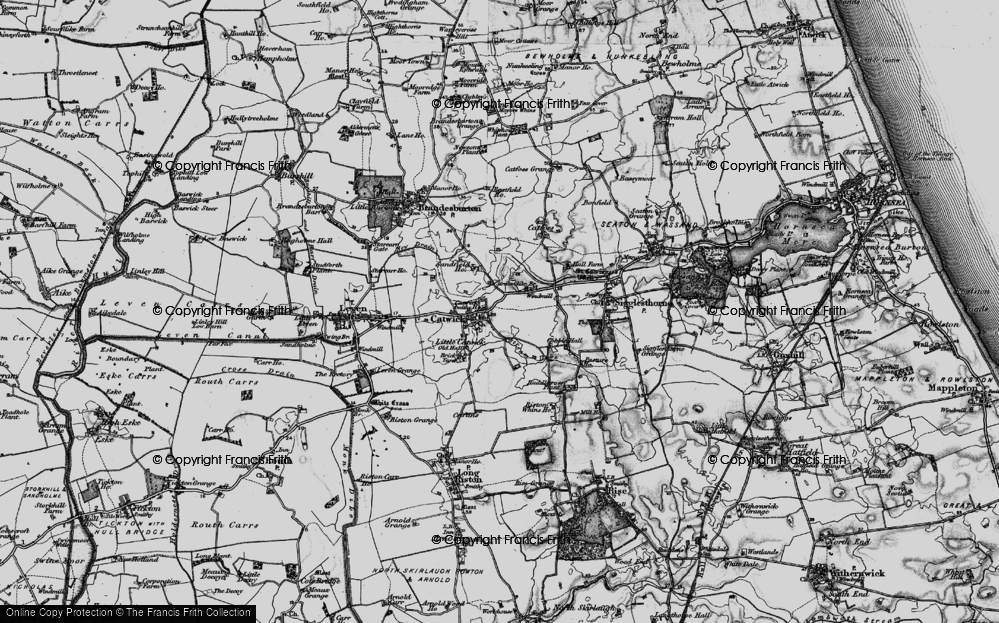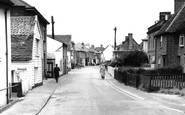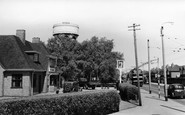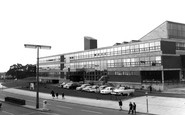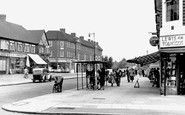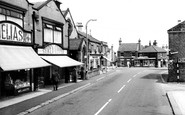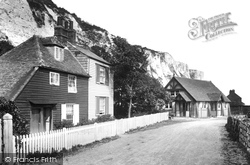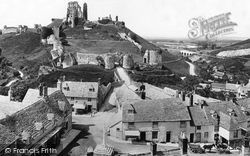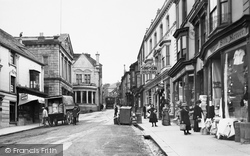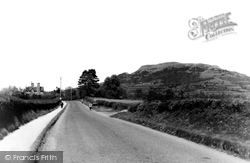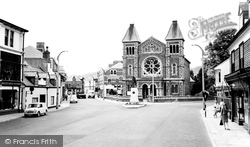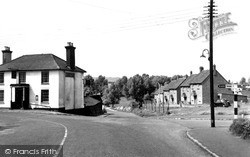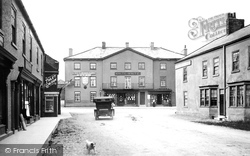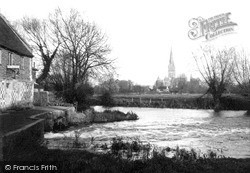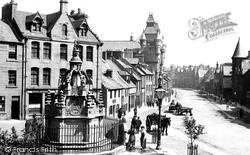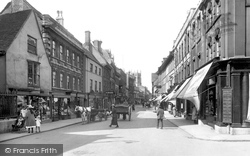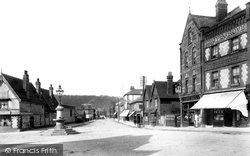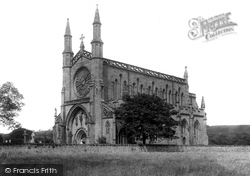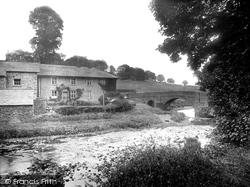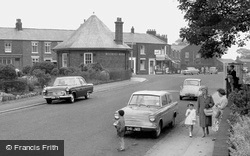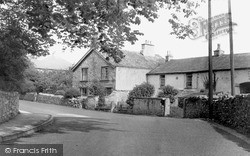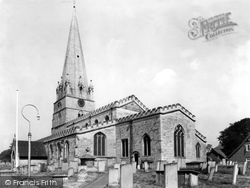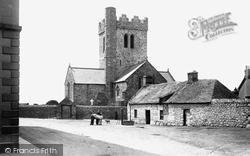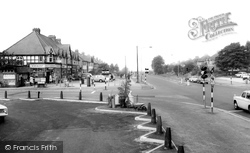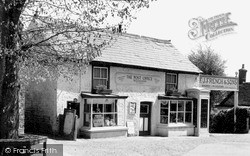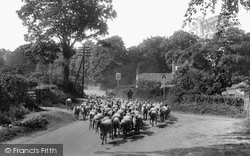Merry Christmas & Happy New Year!
Christmas Deliveries: If you placed an order on or before midday on Friday 19th December for Christmas delivery it was despatched before the Royal Mail or Parcel Force deadline and therefore should be received in time for Christmas. Orders placed after midday on Friday 19th December will be delivered in the New Year.
Please Note: Our offices and factory are now closed until Monday 5th January when we will be pleased to deal with any queries that have arisen during the holiday period.
During the holiday our Gift Cards may still be ordered for any last minute orders and will be sent automatically by email direct to your recipient - see here: Gift Cards
Places
Sorry, no places were found that related to your search.
Photos
Sorry, no photos were found that related to your search.
Maps
7,034 maps found.
Books
163 books found. Showing results 7,513 to 7,536.
Memories
22,913 memories found. Showing results 3,131 to 3,140.
Carlton House
Jacqie. Carlton house stood at the junction of ledsham road & the a41 chester road.It was purchased by Cartwright Bros. a local builders & partly demolished. The stables & the music room/billiard room still exist ...Read more
A memory of Little Sutton by
Childhood Holidays
I spent summer holidays at Jacobs several years in the 50s with my parents, Don and Clarice Harrison and sister Margery. We stayed with miss Holmes and her daughter Celia who was a gifted dancer who later gained a place at ...Read more
A memory of Brightlingsea in 1950 by
Late 40,S Early 50's
I grew up in West Reading but had relatives in Westwood rd and Armor rd. Would go to visit them on the bus and always remember what we called "the buckets" which went across Norcot Hill. I guess they are what carried the clay ...Read more
A memory of Tilehurst by
Concerts At The Festival Hall
Who remembers all the great bands that played at the Festival Hall? AC/DC-Vinagar Joe -Camel- Greenslade- Stackridge-Gilbert O'Sullivan- Alan Price and Georgie Flame-Paul Brett supporting Status Quo-Boomtown Rats- who else played there? my memories aren't what they used to be . Jon Paul.
A memory of Corby in 1970 by
Bexleyheath Circa 1950's
I lived in Faygate Crescent, Bexleyheath. Schools I remember attending are Upton Rd, Gravel Hill and Bexleyheath Secondary Modern. I have fond memories of chatting to the girls school across the playing fields from ...Read more
A memory of Bexleyheath in 1950 by
Myrtle Street Hospital 1959/1960
My name is Brenda Thompson and I was in Myrtly Street in 1959 - 1960 Does anyone have any memories of Myrtle street at this time. I lived in West Street just off Prescot Street with my mum and dad and ...Read more
A memory of Norris Green in 1959 by
Living At Brean West Monkton
I spent most of my childhood living at Brean West Monkton and recently was reminiscing with my brother Jeremy Bicknell (who now lives in New Zealand) about our visits to the village Post Office and the services of ...Read more
A memory of West Monkton in 1950 by
Waiting For The Bus
To the right of this picture, on the High Street was the town hall. For seven years I waited there every morning for the Jump Circular bus, or if I missed it the Rotherham bus to take me into Barnsley where I was at the then ...Read more
A memory of Hoyland in 1961 by
Wannock Willingdon
We moved from Eastbourne to Wannock Lane, Willingdon in 1963 as my mother felt it would be a nice place for us to grow up at the foot of the Downs. It certainly was, Willingdon School fulfilled us academically & ...Read more
A memory of Willingdon in 1963 by
Your search returned a large number of results. Please try to refine your search further.
Captions
9,654 captions found. Showing results 7,513 to 7,536.
These timber-clad cottages, standing at the foot of the white cliffs, are part of a small community which developed both as a bathing resort and as a residential quarter in the closing years
One of the darkest deeds in English history took place in Saxon times, when King Edward was murdered, probably by order of his stepmother, in 978.
This interesting scene at the top of the principal highway through Helston shows the granite classical-style Guildhall of 1839 behind the covered delivery wagon.
Mardy village in 1955 had far less housing than it does today. The semi-detached houses on the left of this picture were the only buildings at that date.
At the centre of the junction is the fine war memorial cenotaph designed by Gilbert Ledward in October 1921 and unveiled by Lord Treowen, Lord Lieutenant of the county.
We are at the junction of Wingrave Road on the left, which leads into Tring past the site of the old Tring silk mill, and Tringford Road on the right; the photographer is standing in Bulbourne
The area in and around Inverness has been occupied since ancient times and it was here, in the 6th century, that the capital of the Pictish kingdom stood.
Boroughbridge dates back to Norman times, when a bridge was constructed over the River Ure. In 1322 the Earl of Lancaster sought refuge in the local church following his defeat by Edward II.
De Vaux Place 1928 On the Salisbury side of Harnham Bridge, De Vaux Place leads to The Close - the Harnham Gate is at the far end of the wall.
All is peace and quiet in this scene, but things were livelier on 23 January 1570. Lord James Stewart, Earl of Moray and Regent, was shot by James Hamilton as he rode through the town.
Further east, at the junction with Ironmonger Street, the quality of the Georgian stone or stucco façades on the right is evident, while on the left or south side there is more variety.
St Nicholas's lych gate was used as a resting place for coffins before burial. In the opposite corner is the village school founded by the gift of £180 from a tailor, James Thistleton.
The inn was built in 1927 using traditional materials, especially local flint; its design makes it look much older then it really is.
The coming of the railway in 1856 prompted a rapid expansion of this village: in 1851 it had a population of only 437, which within twenty years had grown to 3,577.
Pleasington Priory, a Roman Catholic church dedicated to St Mary and John the Baptist and built in 1819, is set on a hill on Pleasington Lane, close to the River Dunsop and Witton Park, Blackburn.
The Black Bull Inn became the Youth Hostel, and the Dog Inn is now the Hark to Bounty. Pack horse trains from different directions met at this point, the heart of Slaidburn in past centuries.
The war memorial stands on the triangular village green in the area within the railings, (far left).
Silverdale is a beautiful limestone village in the midst of woods and craggy outcrops.
Described as 'Robin Hood's village', Edwinstowe lies south of the Sherwood Forest Country Park.
Its church was founded by St Cadfan, whose famous well here was fed by chalybeate springs.
The development of Castle Bromwich really got under way in the 1930s with the Hodgehill Common housing estate.After the second world war, in which Castle Bromwich played a major part with its Spitfire
Washington is on the main London to Worthing Road at the foot of the Downs.There are fine views of Chanctonbury Ring, a ring of beech trees planted on the site of an Iron Age hill fort 800 feet up
We are on the slope of the Downs between Eastbourne and Polegate. A nearby vantage point at Combe hill is 638 feet high.
The Asshetons, who first became squires here in 1559, have been keen to keep Downham's appearance unspoiled, and in more recent times have had the electric cables buried underground.
Places (0)
Photos (0)
Memories (22913)
Books (163)
Maps (7034)


